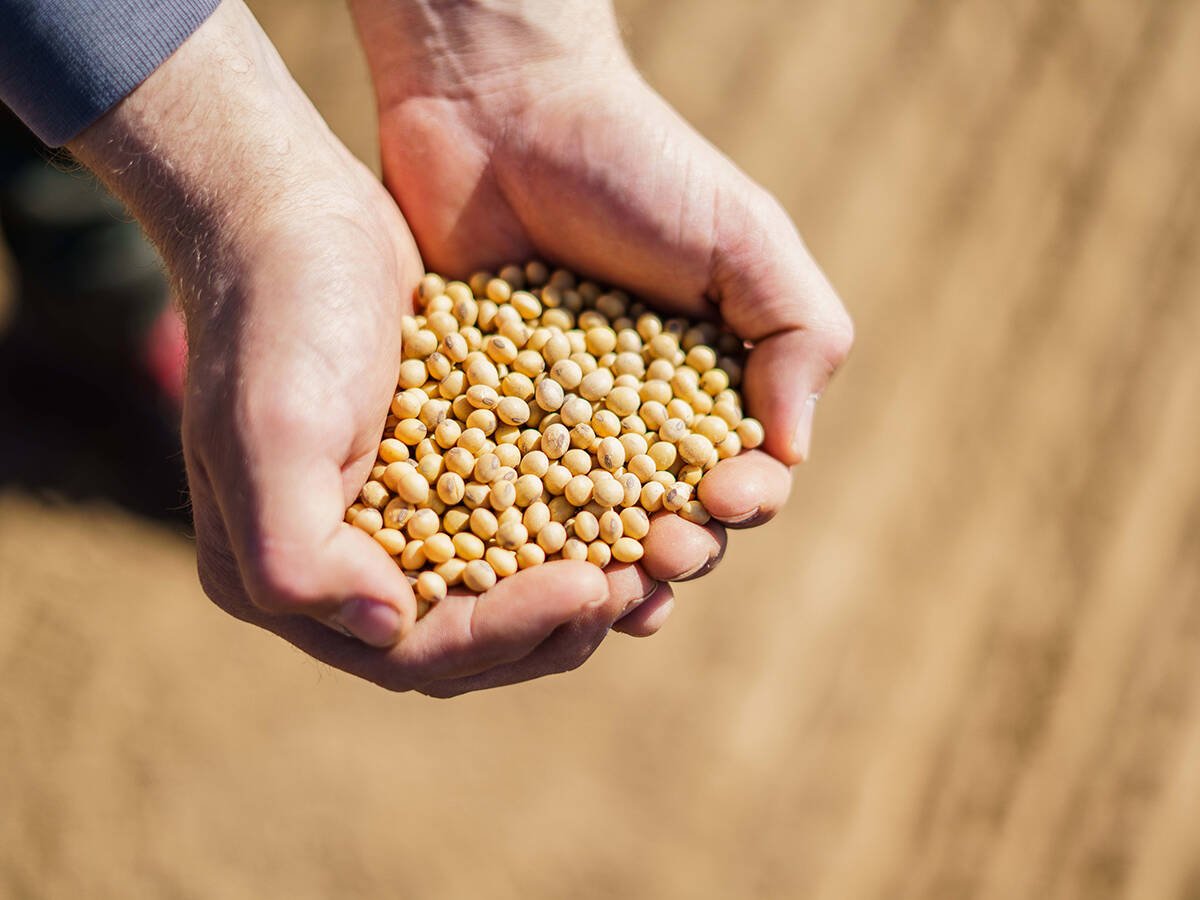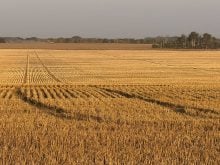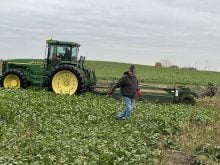It started with the death of one calf and gradually snowballed.
On April 9, Ron Anderson reported that 79 of his calves had died since January because of cryptospiridiosis, a disease caused by a parasite that can attack the intestines of cattle, especially young calves.
The Rivers, Man., farmer has more than 200 commercial cattle that he owns and leases. The death of the calves will hit him hard.
“The price of those calves next fall was going to be very close to $1,000 (each),” he said. “That’s my income. That’s my whole living.”
Read Also

U.S. government investigates high input costs
The USDA and DOJ are investigating high input costs, but nothing is happening in Canada.
Anderson turned to the province and the Manitoba Cattle Producers Association to try to find some kind of disaster compensation. He considers his situation comparable to a grain farmer who loses a crop due to flooding or drought.
Bills pile up
He said his veterinary bill has climbed to more than $20,000. He still has to feed the cattle he is leasing, though many of them won’t nurse calves this year.
“There’s no way for me to break that lease other than to die or to go bankrupt,” said Anderson.
Cryptospiridiosis is not on the federal government’s list of reportable diseases, which means there is no federal program to eradicate it or to compensate producers for the losses it causes.
The Manitoba Cattle Producers Association wants to know whether Ottawa might consider using farm safety nets to provide coverage for the type of income disaster Anderson will experience this year.
The association also wants the Canadian Food Inspection Agency to consider whether more research can be done on controlling cryptospiridiosis. There are no effective vaccinations to treat or prevent it in cattle.
Anderson suspects the parasite came onto his farm with a calf he bought in January.
Allan Preston, director of Manitoba’s veterinary services branch, said cryptospiridiosis typically comes after another disease or infection has already weakened the calf.
Attention to animal husbandry can lessen the risk of cryptospiridiosis among calves, said Preston. That includes calving cows in an area separate from where they were penned during the winter. Clean, dry birthing pens or clean pasture calving areas will decrease the chance of infection.
Affected calves should be isolated to help prevent the parasite from spreading. Although there are no drugs that effectively treat for cryptospiridiosis, there are therapies such as rehydration, to help calves recover.














